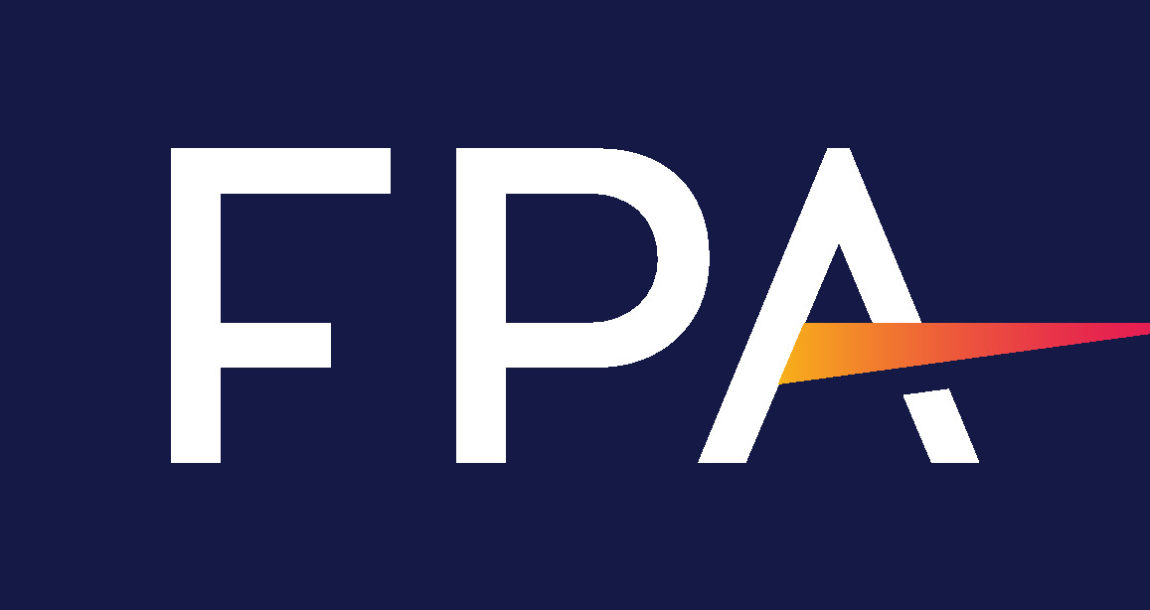Keeping up with state IRA programs across the US

I wrote my first article on the rise of State IRA programs across the country in March 2021. At that time, nearly half of Americans did not have access to a retirement plan at work.
Over a year later, not much has changed; roughly 57 million Americans still do not have access to an employer-sponsored retirement plan.
However, state auto-IRA program assets have increased nearly three times since December 2020; over $450 billion in total assets and close to 520,000 funded accounts in OregonSaves, Illinois SecureChoice, CalSavers, and MyCTSavings.
Bottom line: state auto-IRA programs are working, and more Americans are building their retirement nest egg. And it’s also important to note that more states are starting to take action to help individuals get on track for retirement as they recognize and accept that our country is in a retirement crisis.
This year, at least 21 states have proposed legislation or formed study groups to establish new programs. This results in all but four states currently working to create state-run retirement programs. The four states who are not currently addressing the retirement crisis are Alaska, Alabama, Florida, and South Dakota. Washington D.C. also has not recently made any efforts to alleviate the issue.
Auto IRAs
Out of the 46 states acknowledging the retirement savings gap, 16 states and two cities have established retirement plan programs. Most programs are set up as automatic IRAs or “auto-IRAs,” and the outliers are established as voluntary programs. California, Connecticut, Illinois, and Oregon each have auto-IRA programs currently open to all eligible employers and workers in the private sector. In my home state, California, CalSavers was rolled out over three years – 2020, 2021, and 2022.
This year, employers with five or more employees were required to adopt their retirement plan or sign up for CalSavers by June 30. Connecticut and Oregon also implemented their program in waves based on the number of employees. In contrast, Illinois’s program only impacts businesses with 25 or more employees that have operated in the state for at least two years.
“The American Association of Retired Persons (AARP) research shows that Americans are 15 times more likely to save for retirement when they can do so at work and are 20 times more likely if their workplace savings is automatic.”
This is being shown to be true across the state auto-IRA programs that are set up with savings rate automatically starting between 3% and 5%. Some programs also include annual automatic escalation. For example, CalSavers begins at 5% and automatically increases by 1% each year until the individual saves 8% of their income. Employees can always opt-out if they don’t want to save.
As of July 31, 2022, CalSaver’s effective opt-out rate was less than 38% and OregonSaves were less at 25.3%. State auto-IRA programs have more robust participation rates between 62-75%+ whereas only 58% of eligible employees with access to an employer-sponsored retirement plan sign up for their 401(k) plan.
Many of the state auto-IRA programs are set up as Roth IRAs. As financial planners, we help lower-income individuals understand the benefit of making after-tax contributions to a Roth IRA rather than a pre-tax contribution to a Traditional IRA.
No long-term value
There is no significant long-term value in contributing to a Traditional IRA if the person only receives a nominal tax deduction or none. A person with a lower income today will likely benefit more by making after-tax contributions should tax rates increase at retirement. While no one knows what tax rates will be in the future, the top federal tax rates have been generally around 30-40% over the last 30 years.
The inconvenient yet not surprising truth is that the average American lacks the basic understanding of financial skills, which includes the importance of saving. If Americans understood the fundamentals of personal financial management, maybe more individuals without access to a retirement plan at work would open and contribute to Individual Retirement Accounts (IRAs) as an alternative.
While many states are introducing legislation to mandate personal finance education, financial literacy may not be the only factor driving the retirement crisis. Behavioral finance and psychology create significant setbacks; our brains aren’t naturally good at saving.
If we understand and accept both factors, advisors and state policymakers can use tools and features like automatic enrollment and escalation to improve outcomes. My team’s experience working with business owners to set up their company’s 401(k) plan is like the state auto-IRA programs: plans with automatic enrollment features have higher participation rates and, as a result, better retirement outcomes.
Change is a result of the action, and with the right leadership, financial planners and policymakers can work together to achieve the same goal – helping more Americans get on track for retirement.
Amie Agamata is a CERTIFIED FINANCIAL PLANNER™ in San Diego, CA with clients across the U.S. Her team’s business mission is “Working together to achieve financial success through understanding, education, and action©.” Amie is the NexGen President-Elect for the Financial Planning Association (FPA) nationally, member of the FPA Retirement Income Planning Advisory Council, and serves on The American College Alumni Council.





7 reasons to buy life insurance during a turbulent economy
What to know about health insurance rebates
Annuity News
- Michal Wilson "Mike" Perrine
- Emerging digital annuity sales process cutting cycle times by 94%, IRI says
- In times of market volatility, FIAs make the difference
- Charitable gift annuities gaining in popularity
- Nationwide and Annexus establish first actively managed mutual fund within a RILA
More Annuity NewsHealth/Employee Benefits News
- CommunityCare names Josiah Sutton new president and CEO
- Strengthening Roots, Shaping the Future: Josiah Sutton Appointed CEO of CommunityCare
- Artificial intelligence was hot topic at Kentucky Chamber’s inaugural Healthcare Innovation Summit
- Cancer coverage for firefighters clears Senate
- New lawsuit challenges Connecticut Medicaid eligibility rules
More Health/Employee Benefits NewsLife Insurance News
- Michal Wilson "Mike" Perrine
- Proxy Statement (Form DEF 14A)
- AM Best Affirms Credit Ratings of Subsidiaries of Old Republic International Corporation; Upgrades Credit Ratings of Old Republic Life Insurance Company
- Proxy Statement (Form DEF 14A)
- Proxy Statement (Form DEF 14A)
More Life Insurance NewsProperty and Casualty News
- Jim Beam column:Auto insurance is top issue
- Savvy Senior: How seniors can save on auto insurance
- 2024 Annual Report
- AM Best Affirms Credit Ratings of Subsidiaries of Old Republic International Corporation; Upgrades Credit Ratings of Old Republic Life Insurance Company
- Louisiana homeowners are still facing an insurance crisis. Will the Legislature respond?
More Property and Casualty News